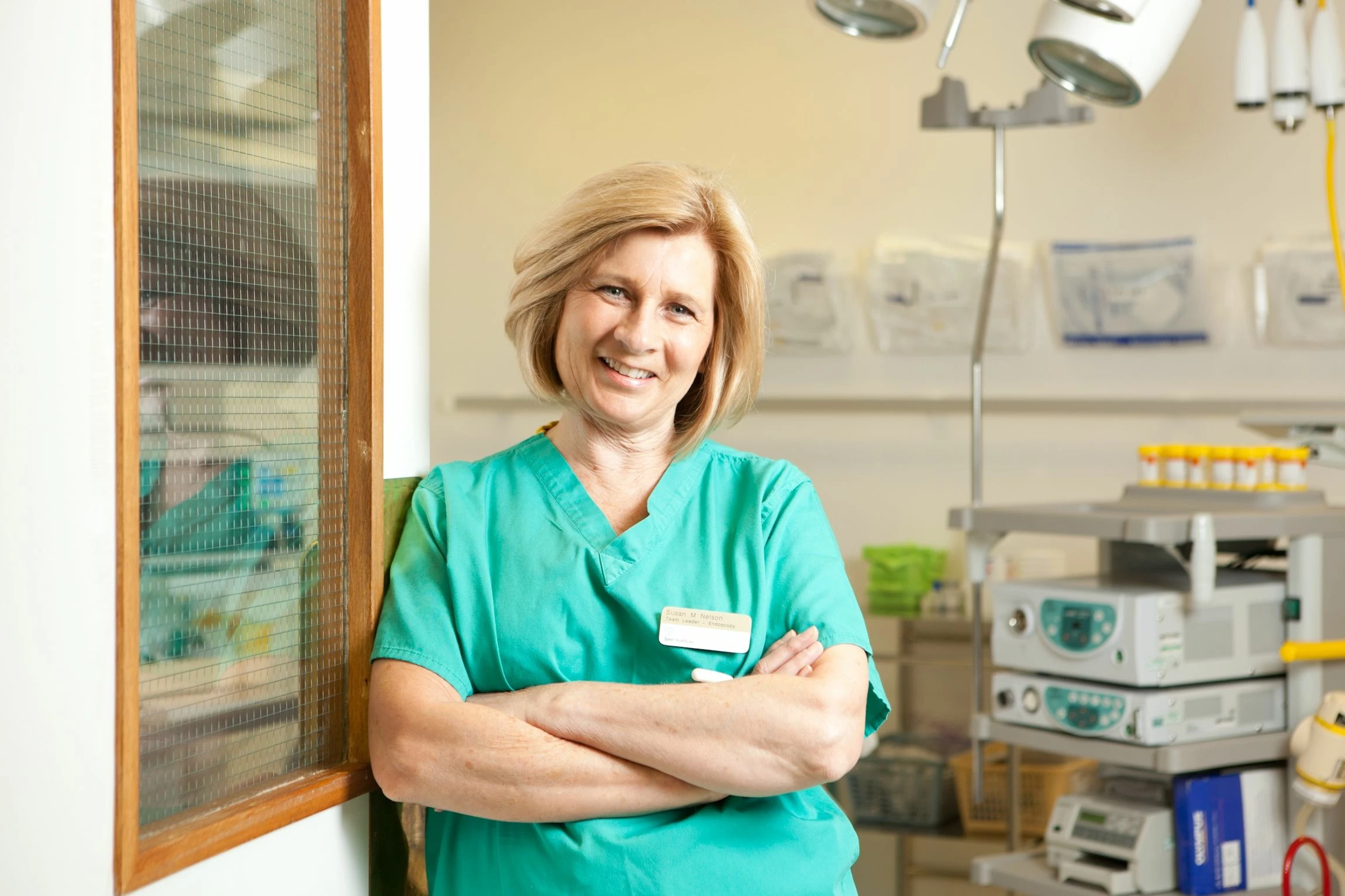
Partner Article
Endoscopy: the first step in putting things right
Endoscopy is one of those words that can create fear in patients; they know the word means some kind of investigation is going to take place but often no more than that. In fact, endoscopy should be viewed as a positive thing – it’s actually the first step in putting things right.
Here our team leader Susan Nelson gives an overview of what happens in our busy endoscopy department and looks at a few of the terms patients are likely to hear to put worried minds at rest.
Susan said: “When you’re not familiar with medical lingo, it can be quite frightening to be told you need a colonoscopy, gastroscopy or flexible sigmoidoscopy, which is one of the reasons we spend a lot of time talking to our patients about what these are and what to expect.
“A colonoscopy relates to issues of the bowel and a GP may refer a patient if they have had blood in their stool. What happens is that a colonoscope (a thin telescope) is inserted through the back passage and into the colon to check for cancers, infections and areas of inflammation.
“Before the colonoscopy, patients are offered a choice of sedation or entonox to reduce any discomfort and go through a bowel cleanse (they are given two sachets to drink in advance). The whole procedure usually takes around twenty minutes and a nurse talks them through what is happening at every stage. If the patient has agreed in advance, where haemorrhoids are found they are banded.
“As a matter of course and for thoroughness, a biopsy (tissue sample) is taken and sent off for examination and where necessary polyps are removed at this point. The results are always back in time for the patient’s follow up appointment with the consultant which means they have a complete picture of what is going on. Sometimes there will be nothing at all and the patient will be given lifestyle advice. Where there is an issue, patients are on the road to getting the right treatment and the consultant provides advice on what should happen next.
“Sometimes patients just need a flexible sigmoidoscopy and with this we look at the lower bowel and only move into a colonoscopy (with the patient’s prior permission) if it looks like further investigation is merited. It’s a great way of identifying what might be causing changes in bowel habit, rectal pain or rectal bleeding and people often leave with peace of mind knowing that whatever they have can be or has been easily dealt with.
“A gastroscopy relates to the gullet, stomach and first part of the intestine. Patients may have had difficulty swallowing or discomfort and may be losing weight – they are also likely to be taking some form of ant-acid as prescribed by their doctor.
“In this situation we are looking for ulcers and there are two options – an ordinary gastroscope (thin, tube-like telescope) which goes in through the throat or a trans-nasal gastroscope (TNG) which is inserted through a nostril for patients worried about swallowing.
“The whole procedure takes around 4 minutes and we test to see if the bug that causes ulcers is present in the stomach. If it is, it means we can begin treatment before the patient leaves the hospital. It’s greatly important to us that the care we provide is quick and responsive. “
We are very proud of the quality of the service that Susan’s team provides. Each member of staff is highly committed to ensuring anyone going through the endoscopy department understands the process and feels comfortable and confident along the way – because of this, patient feedback continues to be overwhelmingly positive.
As ever, if you would like treatment at Spire Washington Hospital, all you have to do is ask your GP for a referral. Our private healthcare services are available via fixed price options so you don’t even need a medical insurance policy in place.
For more information, please visit www.spirehealthcare.com/washington or call 0191 418 8687.
This was posted in Bdaily's Members' News section by Silvie Adams .
Enjoy the read? Get Bdaily delivered.
Sign up to receive our daily bulletin, sent to your inbox, for free.








 A year of growth, collaboration and impact
A year of growth, collaboration and impact
 2000 reasons for North East business positivity
2000 reasons for North East business positivity
 How to make your growth strategy deliver in 2026
How to make your growth strategy deliver in 2026
 Powering a new wave of regional screen indies
Powering a new wave of regional screen indies
 A new year and a new outlook for property scene
A new year and a new outlook for property scene
 Zero per cent - but maximum brand exposure
Zero per cent - but maximum brand exposure
 We don’t talk about money stress enough
We don’t talk about money stress enough
 A year of resilience, growth and collaboration
A year of resilience, growth and collaboration
 Apprenticeships: Lower standards risk safety
Apprenticeships: Lower standards risk safety
 Keeping it reel: Creating video in an authenticity era
Keeping it reel: Creating video in an authenticity era
 Budget: Creating a more vibrant market economy
Budget: Creating a more vibrant market economy
 Celebrating excellence and community support
Celebrating excellence and community support